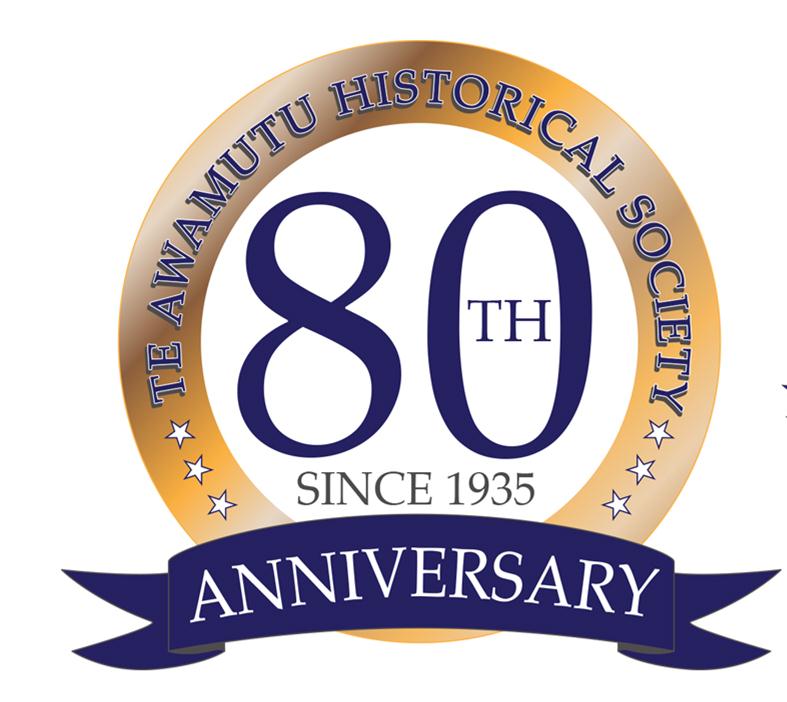2015 is a special year at the Te Awamutu Museum, as it marks 80 years since the founding of the Te Awamutu Historical Society. Without their hard work and dedication to preserving Waipā’s history, we would not have such a wealth of information stored in the Museum archives or a collection to display.
The Historical Society was founded in February 1935 by a group of local residents. The inaugural committee meeting saw the following officers elected; Patron: Mr James Cowan, President: Mr. James Oliphant, Vice-president: Mr. H.A. Swarbrick, Secretary-Treasurer: Rev. E.G. Jansen, Committee: Miss C. Jefferson, Mr. G. Gifford, Mr. E. Thomson. This committee agreed upon six aims for the Society to achieve, including gathering of all historical data relating to the Maori and European settlement of the area, preserving landmarks and historical areas through photography and creating maps of the area to show significant sites and tracks. They also actively collected objects and specimens with the goal of eventually forming a local museum. This was helped greatly by the first curator, Mr. Gavin Gifford, offering space in his rooms on Alexandra Street for objects to be displayed. Mr Gifford also had a considerable private collection from all over the world which was later given to the Society and formed the basis for the collection still held today.
The collection of curios includes many items from the local area such as toki, patu muka and other Maori taonga. There are also objects from further afield, including a Chinese opium pipe, a dice shaker and snuff box from England and items from various Polynesian islands.
Two months after the first meeting, in April 1935, the Society travelled to the banks of the Waipa River to recover a printing press which had been abandoned. The story of the printing press is quite remarkable, as it originated in Austria in the 1860s. This printing press has been a feature of the old Museum on Teasdale Street, and it is currently on display in our Pioneering Times gallery.
The Society was very active in the area, giving lectures and researching local history as well as leading field days to explore archaeological sites in the Waipa area. The Rover troop from Te Awamutu was also enlisted to assist with field work, and are credited in the minutes for collecting objects and mapping areas of interest in the district.
They were also very proactive in preserving historic sites, both Maori and European. In the minutes of the meeting held in March 1935, it is noted that “the Secretary approach the Pirongia Domain Board asking that all steps possible be taken to preserve the Matakitaki Pa.”. In the same minutes they noted a visit to Paterangi by Mr. H. A Swarbrick and Mr Gifford where they inspected graves dating back to 1852 and that there were other sites in the area “worthy of attention by the Society.” At the same meeting they recorded the collection of seven stone adzes & chisels from Te Kawa as well as two adzes from Parawera and Korokanui respectively.
The Society published their research, first as short bulletins, and then as the Journal of the Te Awamutu Historical Society. The journals were published between 1966 and 1975. This work is invaluable to anyone interested in the Waipa District or anyone researching local history. A project to republish these journals is currently underway. The Society also collaborated with the Otorohanga and Te Kuiti Historical Societies to create the Footprints of History publications which are available for sale at the Te Awamutu Museum.
The exhibition on the Front Porch gallery to celebrate the 80 years of work by the Te Awamutu Historical Society opens to the public on February 2nd.
Call in and see some of the first objects collected for the museum and how the work of the Te Awamutu Historical Society has shaped our museum today.


